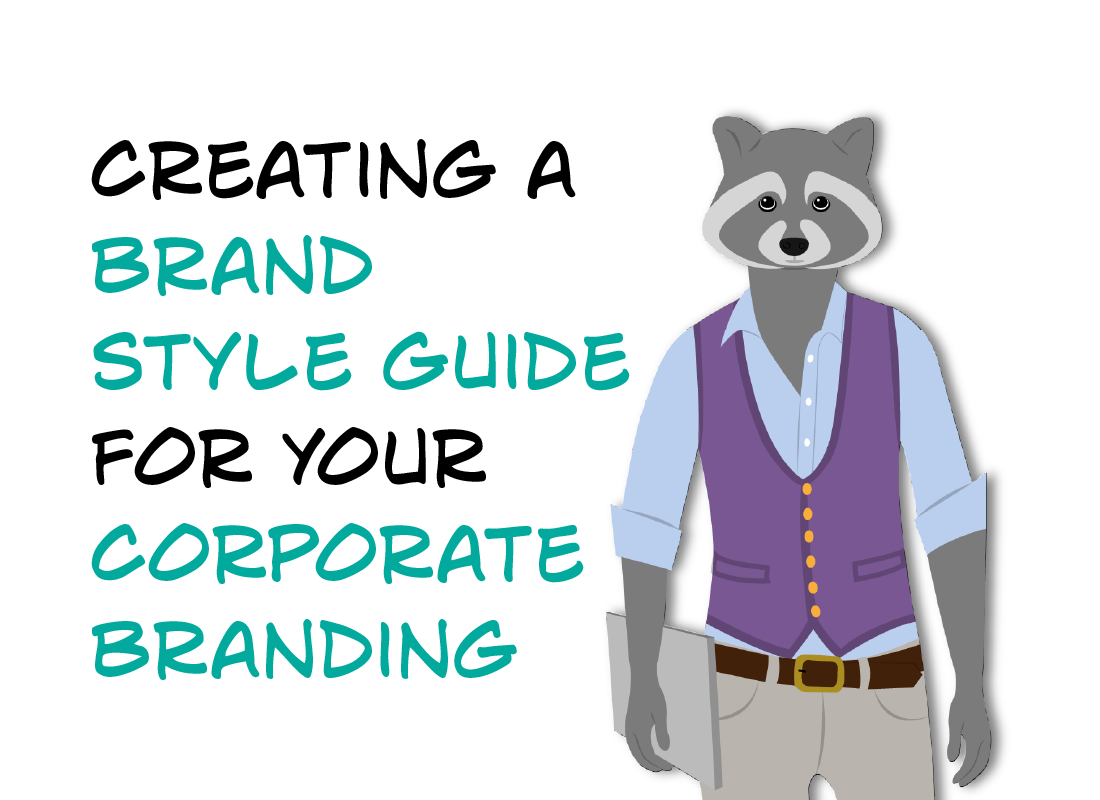As a corporate leader, you understand the importance of creating a strong, consistent brand image for your business. A clear and consistent brand style guide is essential for ensuring that your branding efforts are effective across all channels, from your website and marketing materials to your social media profiles and employee communications.
A brand style guide is a comprehensive document that outlines the guidelines and standards for your brand image, including your logo, typography, color palette, imagery, and tone of voice. It serves as a reference tool for anyone involved in creating marketing materials or communicating on behalf of your brand.
Here are some key steps to creating a brand style guide for your corporate branding:
Define Your Brand Personality
Before creating a brand style guide, it’s essential to define your brand personality. This includes your brand values, mission, and target audience. Understanding your brand personality will help you create a consistent tone and voice across all channels.
Create Your Logo Guidelines
Your logo is the visual representation of your brand, and it’s critical to get it right. Your logo guidelines should include guidelines for placement, size, color variations, and acceptable uses. Be sure to include the acceptable formats for your logo, such as vector files, high-resolution images, and PNGs.
Establish Your Colour Palette
Your color palette is a key element of your brand identity, and it’s essential to ensure that your colors are consistent across all channels. Establish your primary and secondary color palettes, including RGB, CMYK, and HEX codes. It’s also helpful to provide examples of acceptable color combinations and usage guidelines.
Choose Your Typography
Your typography is an essential element of your brand image, and it’s important to choose fonts that align with your brand personality. Create guidelines for your primary and secondary fonts, including font size, line spacing, and style. Be sure to include any licensing restrictions on the use of the fonts.
Determine Your Imagery Style
Your imagery style should align with your brand personality and target audience. Create guidelines for the types of images that are acceptable for use in your marketing materials, such as stock photography or custom illustrations. Include guidelines for image size, resolution, and file format.
Define Your Tone of Voice
Your tone of voice is an important aspect of your brand personality, and it’s essential to maintain consistency across all channels. Create guidelines for the language, vocabulary, and style that should be used in your communications, including marketing materials, social media, and employee communications.
Include Examples and Best Practices
Including examples and best practices in your brand style guide can be helpful for anyone involved in creating marketing materials or communicating on behalf of your brand. Provide examples of successful campaigns or marketing materials that align with your brand personality and guidelines.
Continuously Update Your Brand Style Guide
Your brand style guide should be a living document that is continuously updated to reflect changes in your brand image, messaging, and target audience. Regularly review your brand style guide to ensure that it aligns with your business goals and reflects any changes in your branding efforts.
A clear and consistent brand style guide is essential for ensuring that your corporate branding efforts are effective across all channels. By defining your brand personality, creating guidelines for your logo, color palette, typography, imagery, and tone of voice, and regularly updating your brand style guide, you can create a strong and consistent brand image that resonates with your target audience. A well-executed brand style guide can help you establish credibility, build trust with your customers, and drive growth over the long term.
About Désiré Roberts
Brand Consultant @ TILT Creative
Désiré is a senior brand consultant obsessed with brand growth. With over a decade of experience, she has worked with all sizes of companies, from all over the world, across various industries. She’s different because she doesn’t play by the rule book and she loves the challenge of the learning curves of every industry, which has given her an unrivalled competitive edge with an incredible body of knowledge and experience. She’s laser focused, meticulous, ambitious, persevering, and self-driven.
“When you’re a medium to large company, you need a level of authority that’s divergent from the small business sector. The competition is stronger and the stakes are much higher. The same brand tactics will not work; there’s millions of pounds on the line. You have to find someone who is willing to push boundaries and not just think outside of the box, but think outside of the universe. You must change your perspective to play in this ring, else you be knocked out in the first round.
Likewise, when you’re growing a small business, you can’t use the same rule book as the big boys – you have to play the game of your own sector, just better than your competitors. The interesting thing is that not many SMEs pay attention to brand, so just by tightening that area up, you’re instantly in a much better position than your competitors.”
Since you’re looking for someone to level up your brand, you need not look any further; you’ve found it.
Book a call below.

